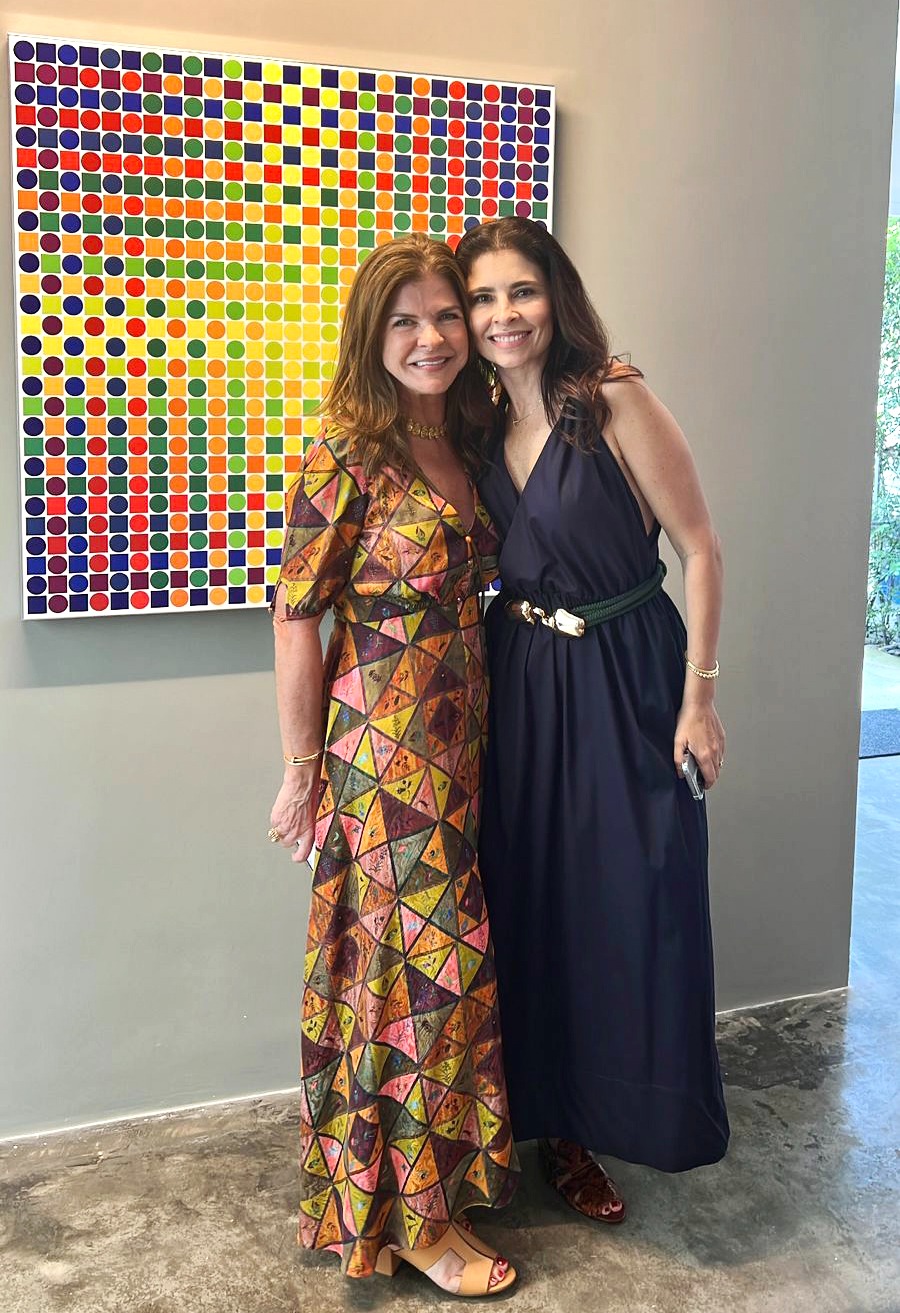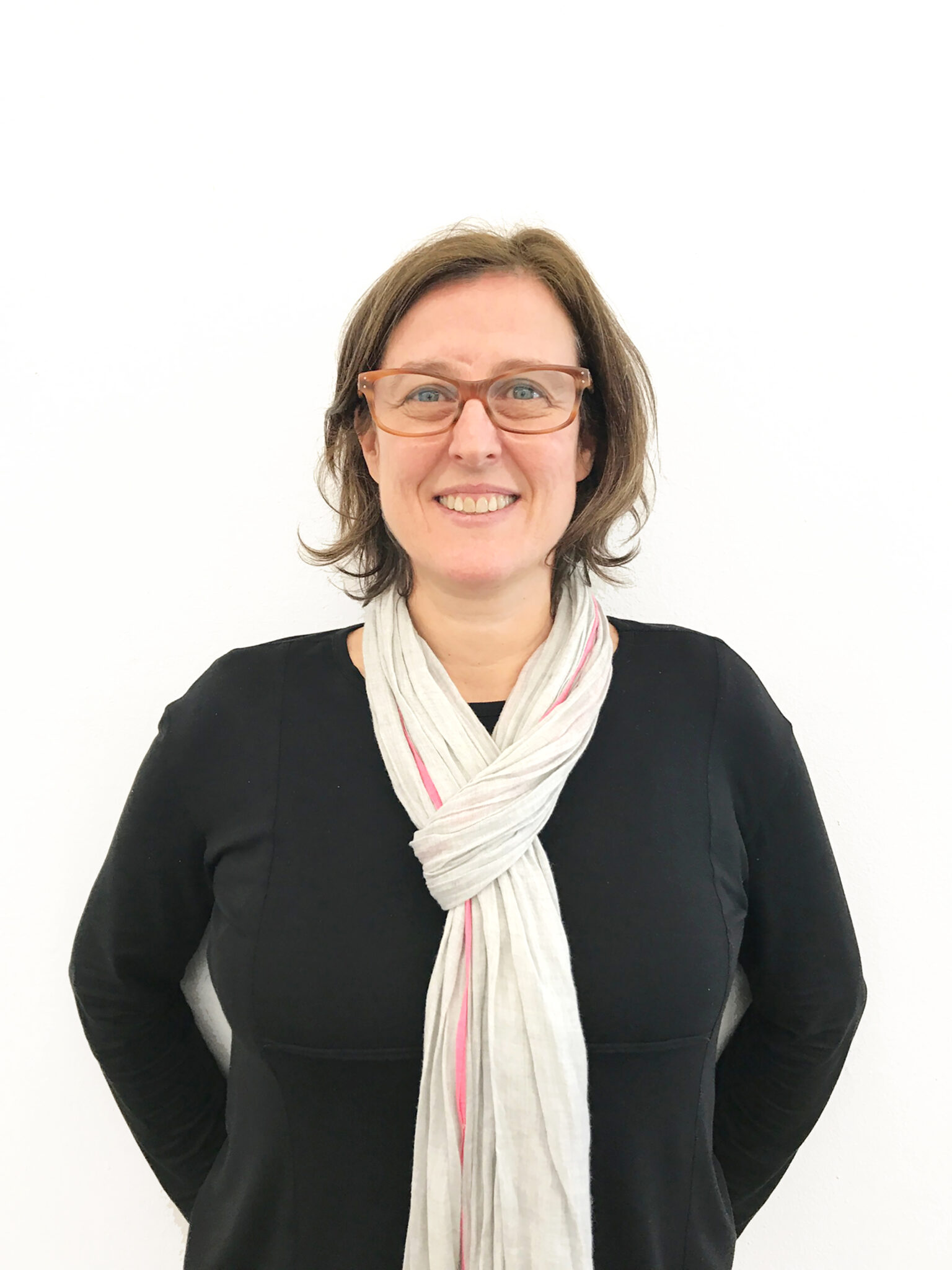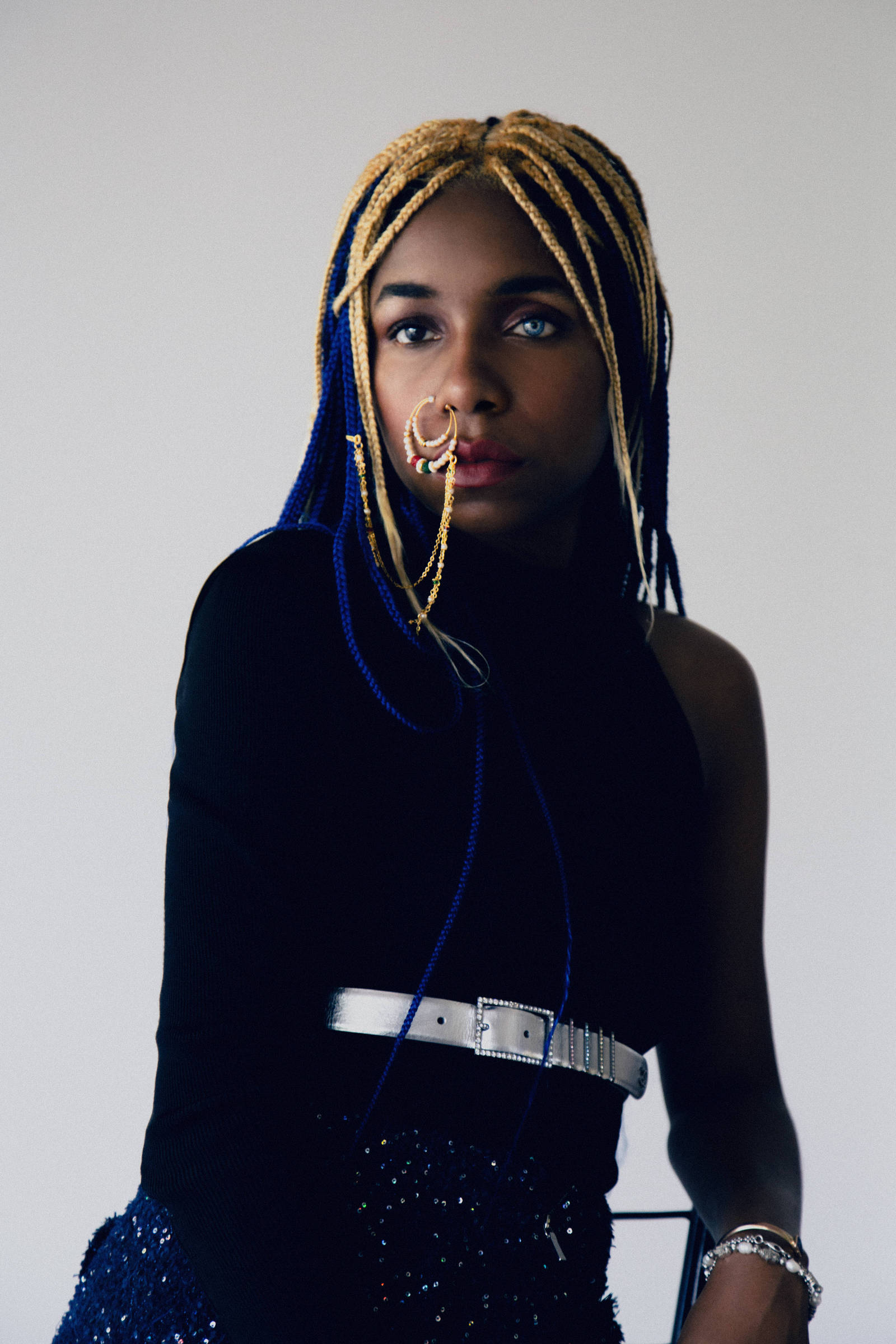
Top 10 Influential Gallerists in the Brazilian Art Market 1
In the vibrant and multifaceted world of the art market there are voices that transcend barriers, defying expectations and shaping the cultural landscape with unique vision and curation. This week's Top 10 pays tribute to the talented gallerists who lead trends in the Brazilian art market. They perform with excellence, contributing significantly to amplifying cultural relevance.
As the art universe continues to evolve in Brazil, taking on ever greater international proportions, these talented gallerists stand out in a universe of creativity and leadership. This week we honor the galvanizers of art, who pioneer these complex paths and are fundamental to the diversification of the art world, challenging established norms and offering enthusiastic support to rising talents.
1 – Ana Lucia Serra and Renata Castro e Silva (Carbono Galeria)

This duo has several points in common. Both are advertisers and throughout their careers they have won several awards in their respective areas. Ana Lucia has worked for renowned agencies, such as Ogilvy, EuroRSCG and DM9DDB, and in 1995 and 2001 she received the Caboré Award for Best Service and Planning Professional. Renata had her own agency in Recife and won the Columnist Award for Agency of the Year N/NE, in addition to the TOP National Marketing Award. In 2013 they decided to leave the advertising market and came together to found Carbono Galeria, in Jardim Paulistano, in São Paulo, which is dedicated exclusively to contemporary art. Ana Serra says that art moves her and touches the soul, regardless of whether she is a collector or gallerist, and believes that “sensitivity and life experience are crucial in the art market, without distinction of gender”. Renata associates art with emotion and believes that “despite being a market, the value lies in the feeling that the works evoke”.
2- Eliana Finkelstein (Red Gallery)

Born in São Paulo and graduated in Public Relations, she began her career at the Futura agency and Rafic Farah's creative studio. In 2000 she played the role of producer at the Bienal 50 Anos and acted as curator at the 3rd Fernando Furlanetto Photography Week, in São João da Boa Vista (SP). In 2002, alongside Eduardo Brandão, she founded Galeria Vermelho, which stood out in the market for launching new talents. Celebrating 21 years in 2023, the São Paulo-based Vermelho currently represents Latin American artists from different generations, including Claudia Andujar, Carmela Gross, Rosângela Rennó, Iván Argote, Ximena Garrido-Lecca and André Vargas.”Women traditionally play a strong role in the market of Brazilian art, leading both young galleries and more established institutions. Although there are no specific characteristics associated with the gender, many women seem to bring a freer and more flexible approach to dealing with art, artists and others involved in the medium. This freedom translates into a greater ability to adapt to different situations.”
3- Igi Ayedun (HOA Gallery)

Before becoming the first black gallerist in Brazil, Igi Ayedun worked in several areas of communication. At the age of 14, after participating in a young apprentices competition, she started working at the teen magazine “Capricho”, from Editora Abril, where she stayed for nine years. She has worked in other fields such as image building, fashion and journalism, and launched an international career by working in France and England. Born in Brás and, immersed in the peripheral culture of samba schools and Yoruba Africanness, Igi became known for being the first black Brazilian fashion editor and stylist to sign an international fashion show. In 2020 she opened the HOA gallery, in Barra Funda, which was the first in the country to be built by an entirely black team.
4 – Luciana Caravello (Galeria Luciana Caravello)

A Carioca native with more than 30 years of experience in the art market, Luciana began her career with Galeria Arte em Dobro and then founded Galeria Luciana Caravello, both in Rio de Janeiro. In 2020, during the pandemic, she moved to São Paulo and became interested in the platforms and virtual environments that involve the art market. Based on this concept, she created a new business model: a more compact and agile gallery focused entirely on personalized online service. Now, about to open her new space in Vila Madalena, in São Paulo, she continues with her proposal to boost the art market, focusing on expanding and improving her project. “Contrary to the underrepresentation of female artists in museums, around 20%, art galleries in Brazil have a strong female presence in leadership, with examples such as Luisa Strina and Raquel Arnaud working for more than 50 years. These women soften the divide between art and commerce in their galleries, adopting a more humanized approach. They emphasize active listening, patience, attention to detail and invest time in technical and artistic development, prioritizing the process over the result. This results in deeper relationships with artists and strengthens the art market as a whole.”
5- Luisa Strina (Galeria Luisa Strina)

She is a renowned gallerist and art collector. In 1974 she founded Galeria Luisa Strina in São Paulo, which played a fundamental role in promoting Brazilian conceptual artists, such as Antonio Dias, Cildo Meireles, Tunga and Waltercio Caldas, among many others. In 1992, Galeria Luisa Strina became the first in Latin America to participate in the Art Basel fair. Over the years, the professional has expanded her focus to include emerging Brazilian and Latin American artists and women artists, such as Laura Lima, Leonor Antunes and Renata Lucas. In the last decade, he further consolidated his trajectory by representing artists such as Alfredo Jaar and Anna Maria Maiolino. She has also achieved international recognition, being included in “ArtReview” magazine’s annual list as one of the most influential people in the field of international art. In 2017 she occupied 49th place in the ranking, surpassing Takashi Murakami, John Baldessari, Yayoi Kusama and Brazilian businessman Bernardo Paz, founder of the Inhotim Institute. Luisa emphasizes: “Women are more practical, friendly and seductive”.

- December 20, 2025
Daniel Galvão: Advertising Graphic Design & Branding Gallery – Brazil

- December 20, 2025
Gallery of Graphic Design & Illustration Artworks by Ju Sting – Brazil

- December 20, 2025
Painting in the Americas: Origins and Early Development in Latin America

- December 20, 2025
Costantini Acquires the Daros Collection of Latin American Art

- December 20, 2025
Key Latin American Artists in the Anti-Imperialist Struggle

- December 20, 2025
Moana - Inner Workings



- December 20, 2025
Eddy Fortunato - Brazil

- December 20, 2025
Painting in the Americas: Origins and E…

- December 20, 2025
Key Latin American Artists in the Anti-…

- December 18, 2025
Artistic Movements and Expressions of R…

- December 18, 2025
Art and Anti-Imperialism in Latin Ameri…

- December 17, 2025
Visual Art in El Salvador: Between Memo…

- December 17, 2025
Visual Art in Cuba: A Window to Identit…

- December 16, 2025
Visual Art in Colombia: Diversity, Memo…

- December 16, 2025
Visual Art in Venezuela: Modernity, Ide…

- December 15, 2025
Visual Art in Paraguay: Tradition, Memo…

- December 14, 2025
Visual Art in Chile: Memory, Critique, …

- December 14, 2025
Visual Art in Bolivia: Ancestry, Resist…

- December 13, 2025
Visual Art in Peru: Ancestral Tradition…

- December 13, 2025
Visual Art in Argentina: Identity, Memo…

- December 11, 2025
The Visual Arts in Mexico: Between Myth…

- December 11, 2025
Visual Arts in Argentina: A River of Id…

- December 10, 2025
The Power of Graffiti in Mexico: Identi…

- December 10, 2025
Pioneering Women of Latin American Art:…

- December 09, 2025
Mexican Muralism and Its Continental Im…

- December 08, 2025
Indigenous and Afro-descendant Art in t…

- December 08, 2025
Current Trends in Latin American Art at…

- August 29, 2023
The history of Bolivian art

- February 19, 2024
Analysis and meaning of Van Gogh's Star…

- January 28, 2024
Culture and Art in Argentina

- September 25, 2023
What is the importance of art in human …

- September 23, 2023
What is paint?

- August 23, 2023
The 11 types of art and their meanings

- August 10, 2023
14 questions and answers about the art …

- September 23, 2023
Painting characteristics

- August 30, 2023
First artistic manifestations

- January 12, 2024
10 most beautiful statues and sculpture…

- September 23, 2023
History of painting

- March 26, 2024
The importance of technology in art1

- July 13, 2024
The impact of artificial intelligence o…

- March 26, 2024
Cultural identity and its impact on art…

- April 07, 2024
Graffiti in Latin American culture

- April 02, 2024
History visual arts in Brazil

- August 16, 2023
The 15 greatest painters in art history

- April 06, 2024
History of visual arts in Ecuador

- October 18, 2023
History of sculpture

- November 21, 2024
The Role of Visual Arts in Society

- February 19, 2024
Analysis and meaning of Van Gogh's Star…

- August 13, 2023
9 Latino painters and their great contr…

- August 23, 2023
The 11 types of art and their meanings

- August 10, 2023
14 questions and answers about the art …

- August 27, 2023
15 main works of Van Gogh

- August 29, 2023
The history of Bolivian art

- January 28, 2024
Culture and Art in Argentina

- November 06, 2023
5 Latin American artists and their works

- September 23, 2023
Painting characteristics

- September 23, 2023
What is paint?

- September 25, 2023
What is the importance of art in human …

- March 26, 2024
Cultural identity and its impact on art…

- August 30, 2023
First artistic manifestations

- December 18, 2023
10 iconic works by Oscar Niemeyer, geni…

- January 20, 2024
What is the relationship between art an…

- January 12, 2024
10 most beautiful statues and sculpture…

- August 24, 2023
The most famous image of Ernesto "Che" …

- October 30, 2023
Characteristics of Contemporary Art

- May 26, 2024
Técnicas de artes visuais

- August 22, 2023


